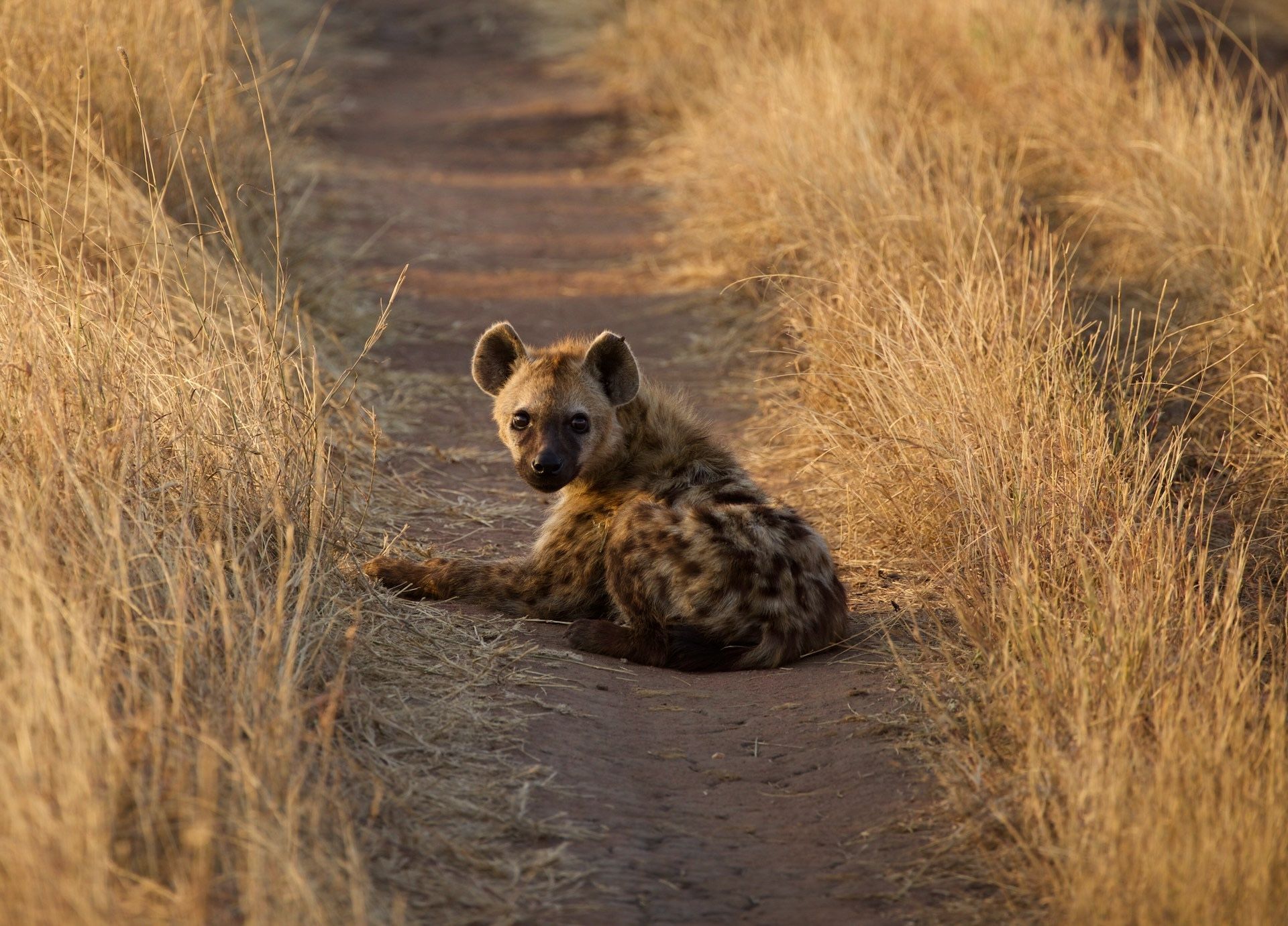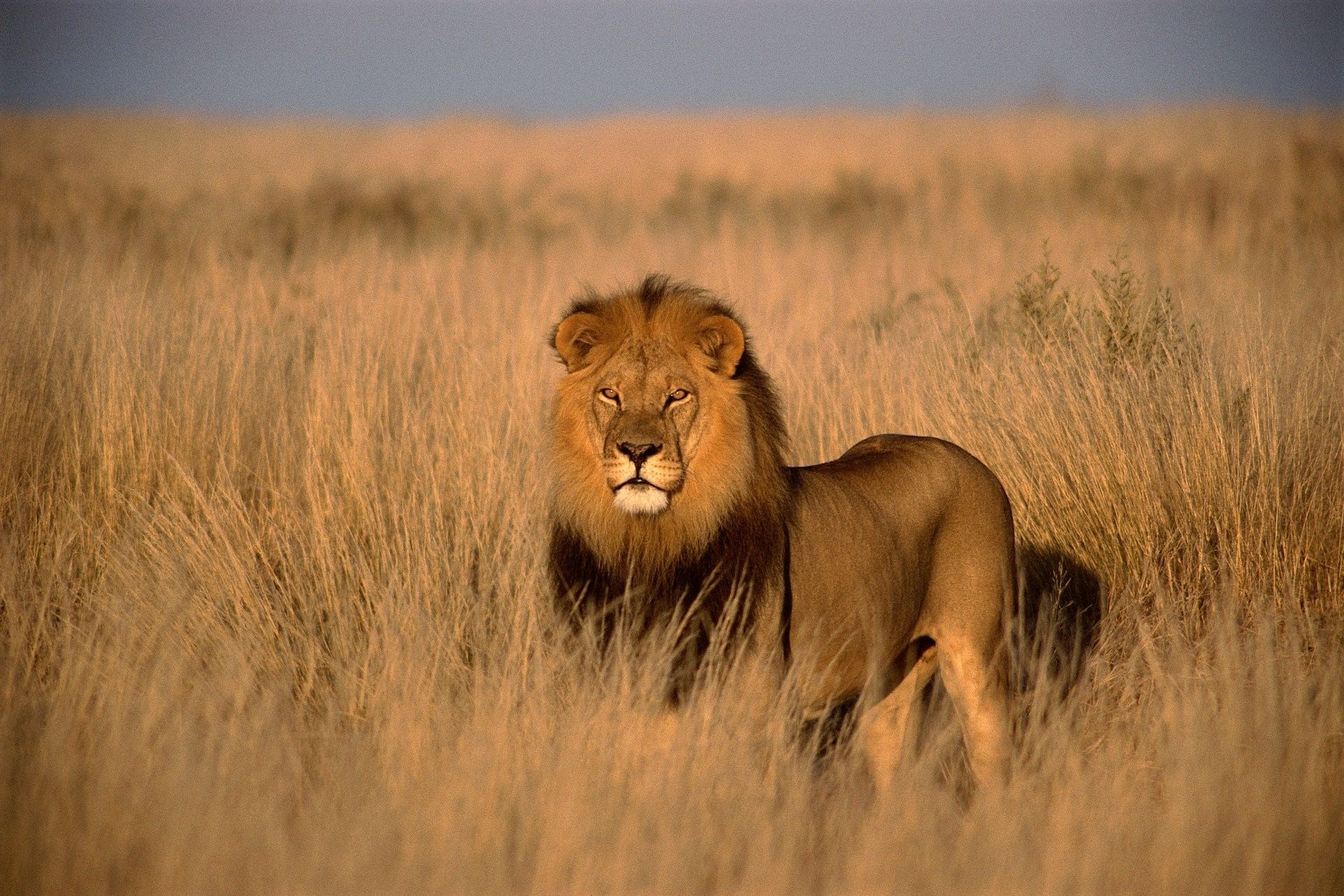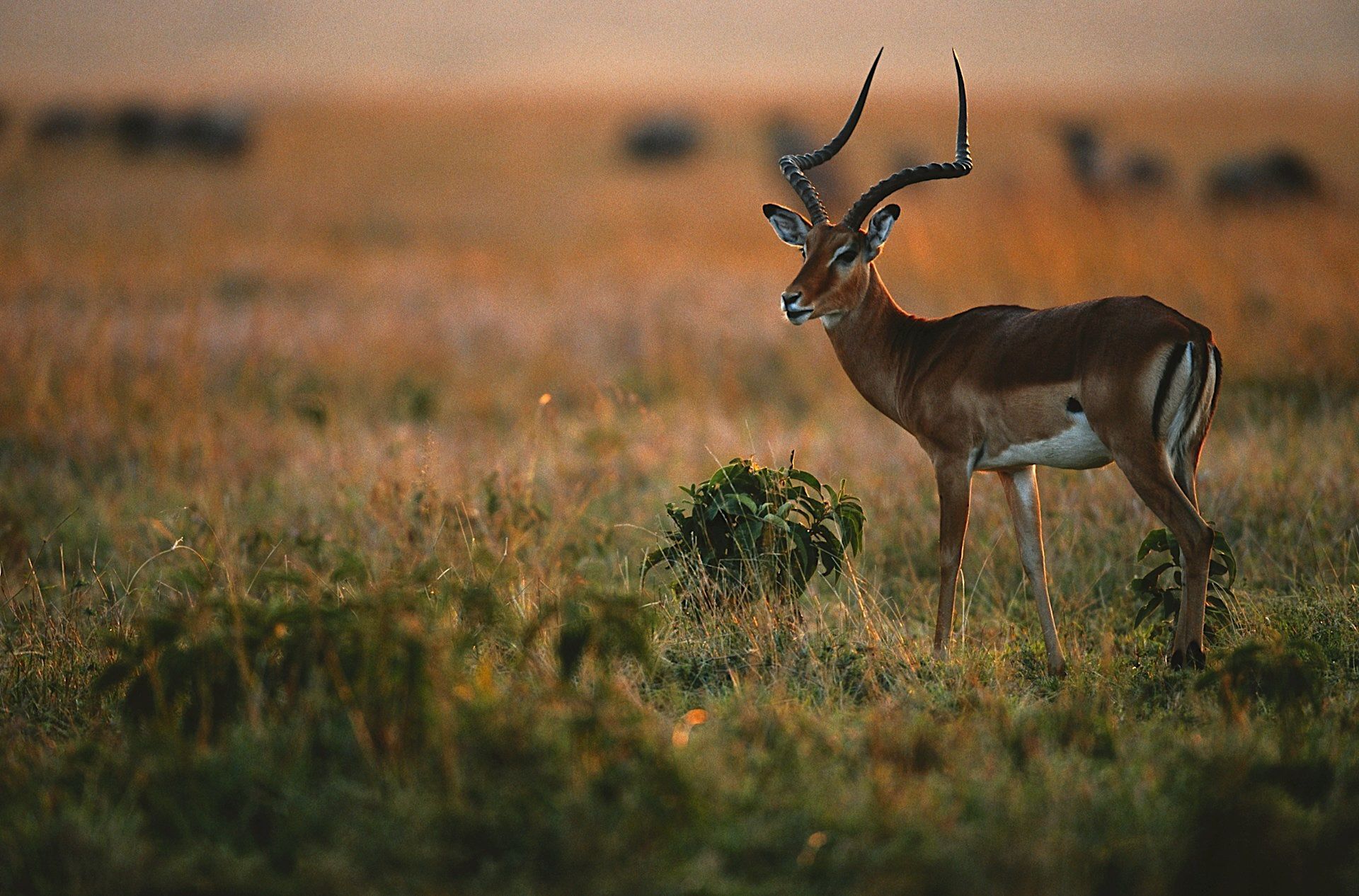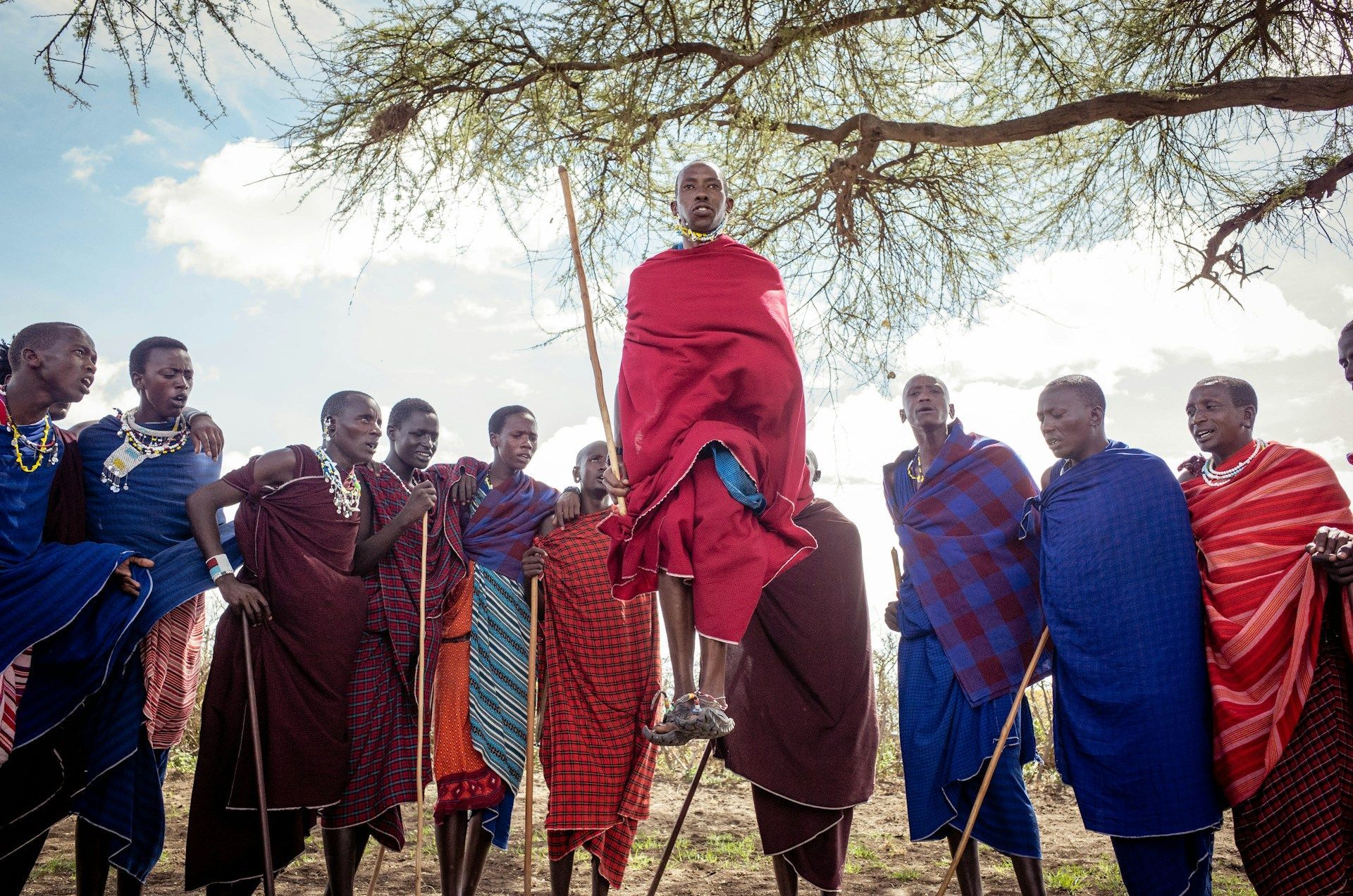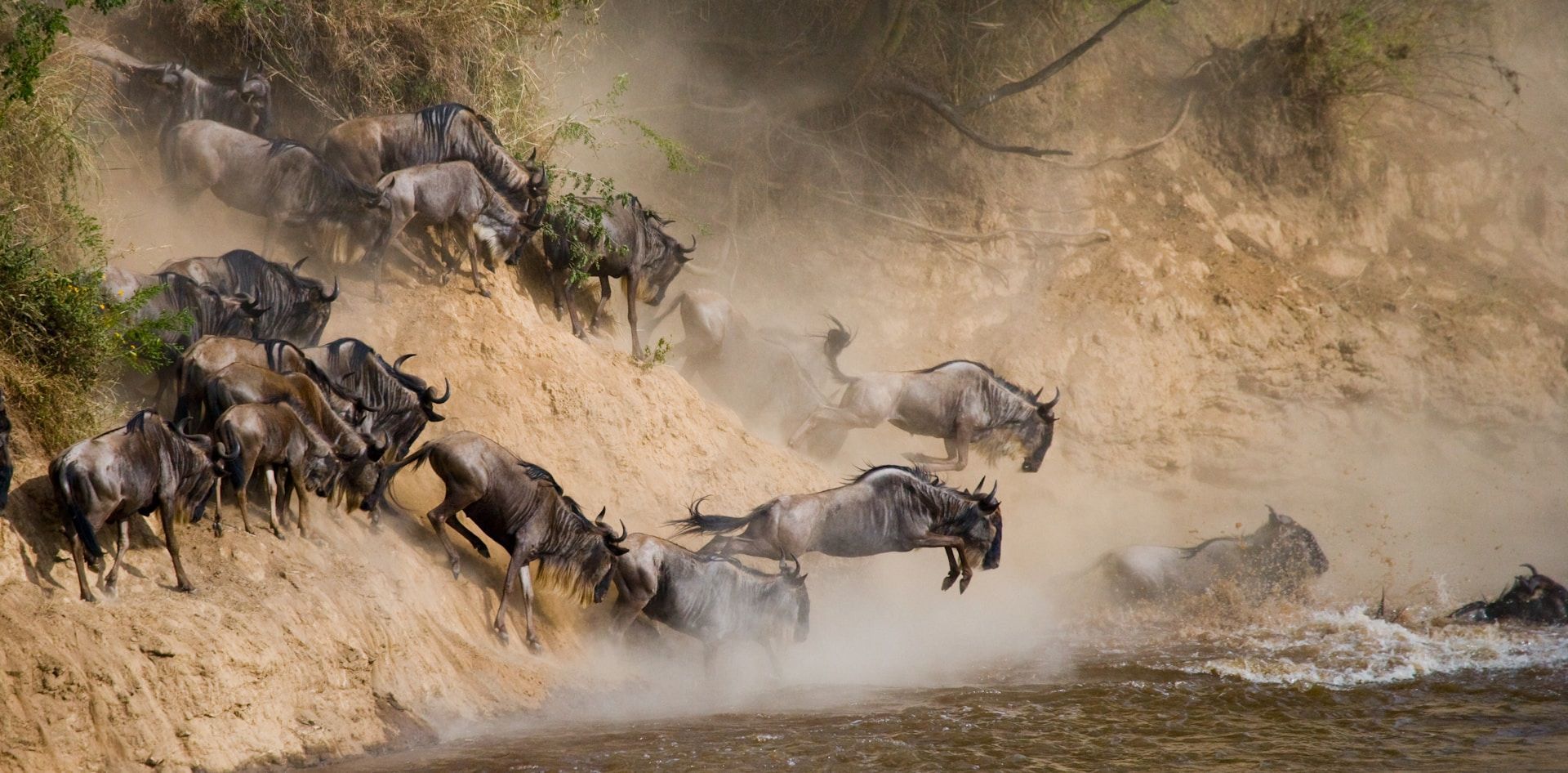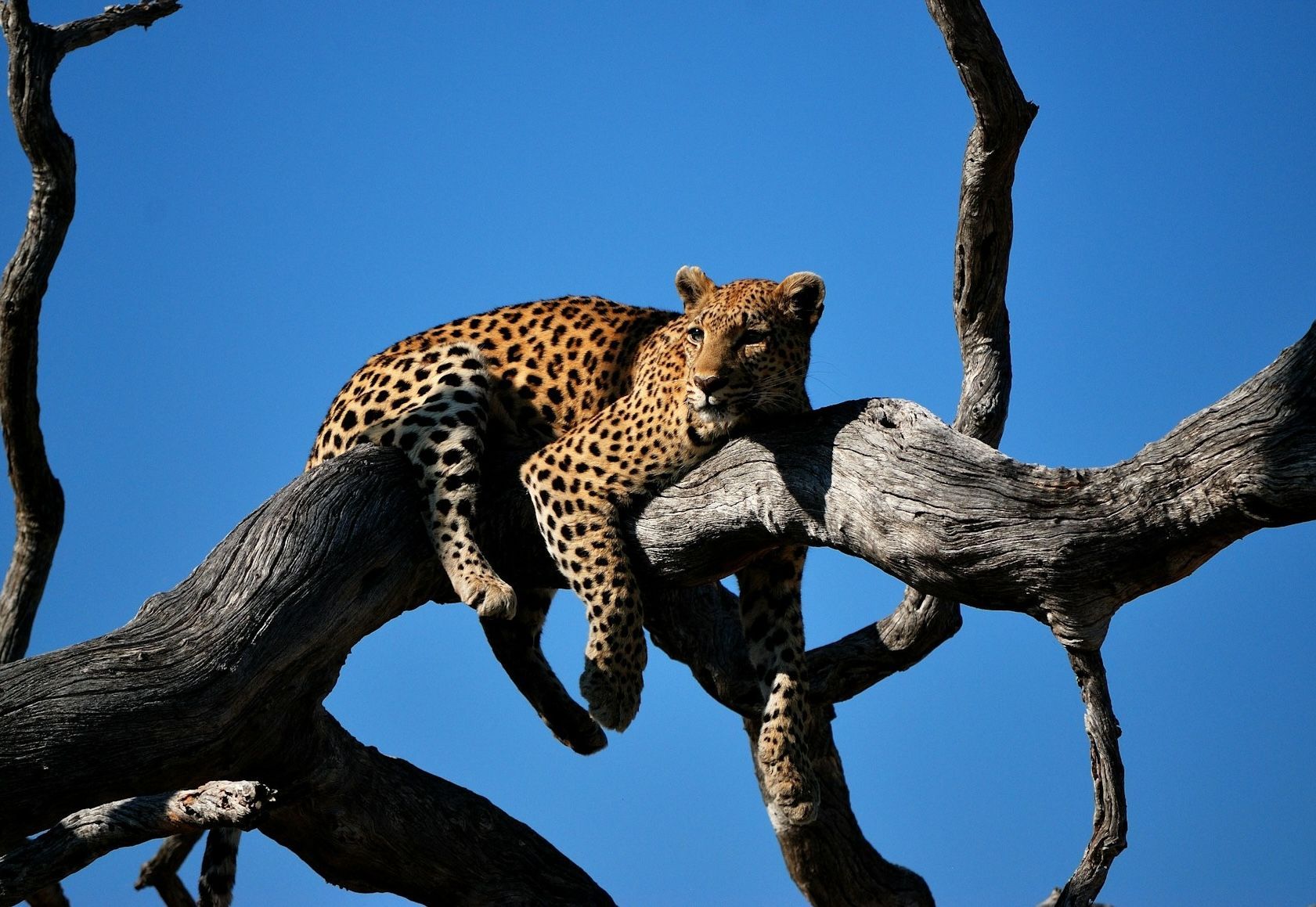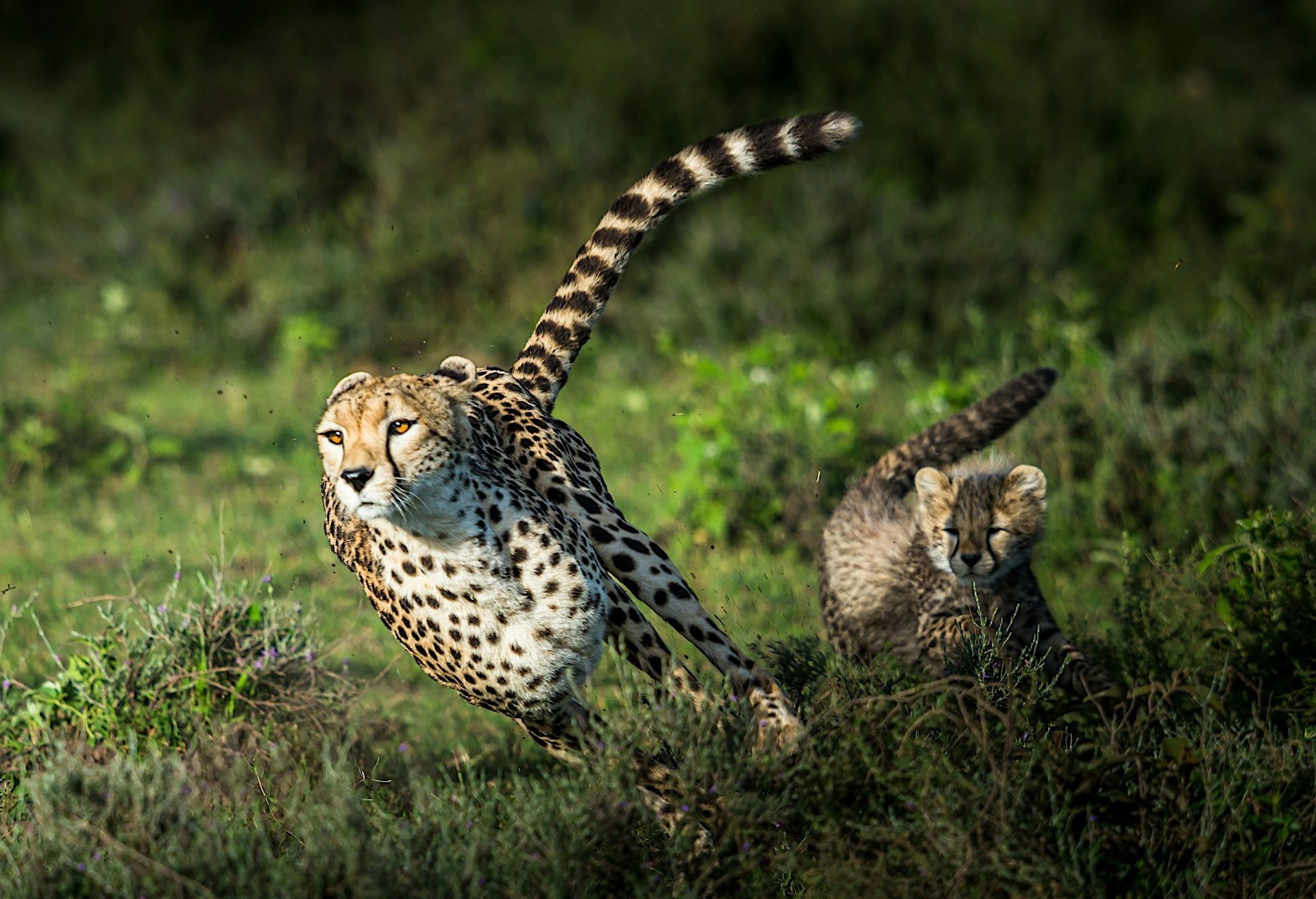A GUIDE TO WILDLIFE PHOTOGRAPHY WHILE ON SAFARI
Sharing some top tips for keen photographers
East Africa is nothing short of a photographer’s dream. From the sweeping plains of the Serengeti to the lush conservancies of the Masai Mara, the wildlife, landscapes, and vibrant cultures offer countless opportunities to capture extraordinary moments. Whether you’re an amateur looking to improve your skills or an experienced photographer hoping to enhance your safari shots, these tips will help you make the most of your safari in East Africa. From understanding your surroundings to mastering technical aspects, let’s explore how to capture the magic of East Africa through your lens.
1. Embrace the golden hour
The light during the early mornings and late afternoons is often referred to as the “golden hour,” and for good reason. During these times, the sun sits low in the sky, casting a warm, soft glow over everything it touches. This magical light enhances the colours of the landscape and wildlife, making for stunning photos with depth and texture.
In the early morning, you’ll catch wildlife either as it becomes active (for diurnal species) or as they head off to bed down (for primarily nocturnal species like lions and leopards). The warm hues of the sky and the glow on the animals’ fur create images that exude warmth and life. Similarly, during the late afternoon, as the sun begins to dip below the horizon, the lighting is perfect for silhouette shots, especially of iconic animals like elephants and giraffe.
Be ready to start your day early and plan to be out in the late afternoon to make the most of this time. The more you take advantage of the golden hour, the more stunning the results.
2. Capture movement with a fast shutter speed
Africa’s wildlife is often at its most dynamic when its moving, whether it’s a cheetah sprinting after prey or a herd of elephants moving gracefully across the savannah. Capturing these moments in motion can be one of the most rewarding aspects of wildlife photography. To freeze fast-moving animals, use a fast shutter speed, typically around 1/1000th of a second or higher, depending on how fast the action is.
To catch the perfect action shot, anticipate the movement of the animal. For example, when photographing a lioness on the prowl, follow her with your camera in anticipation of her next move, ensuring your camera is set to focus continuously (AI Servo or Continuous Autofocus). For even greater results, consider using burst mode to shoot multiple frames in quick succession, ensuring you don’t miss that split-second moment.
If you want to add a sense of motion or blur to your shot (for example, capturing the dust of a herd of wildebeest running across the plains), try slowing your shutter speed. A shutter speed of around 1/250th of a second or lower can give you the effect of motion, which adds drama and energy to the image.
3. The art of the close-up
While wide shots of East Africa’s landscapes are undeniably impressive, some of the most impactful safari photos come from capturing the finer details. The close-up shots of a leopard’s piercing gaze, the intricate patterns on a giraffe’s coat, or the delicate wings of a carmine bee-eater can convey as much emotion and depth as sweeping vistas of the Serengeti.
To achieve these close-up shots, a telephoto or zoom lens is a must. Lenses with focal lengths of 100-400mm will allow you to capture wildlife from a distance without disturbing their natural behaviour. This is especially important in places like the Masai Mara, where wildlife is often active and close to your vehicle. A good telephoto lens lets you capture intimate moments, like a lion’s yawn or the delicate interaction between a mother and her cub.
Remember, the details often tell a more compelling story. Focus on textures, patterns, and expressions that reveal something unique about the animal or the environment.
4. Know your camera settings
Understanding the settings on your camera can make all the difference between a good shot and an extraordinary one. While auto mode is useful, for the best safari photos, you should ideally shoot in manual or aperture priority mode. This gives you more control over your exposure, depth of field, and shutter speed.
Aperture Priority Mode (A or Av): This allows you to control the depth of field, ensuring the subject of your photo is sharp and clear, while the background remains soft and blurred. It’s perfect for isolating wildlife from the background, especially in dense bush.
Shutter Priority Mode (S or Tv): This is ideal for action shots, as it lets you control how fast your shutter opens and closes. Use it to freeze a cheetah in mid-sprint or capture the action of an elephant charging.
Keep an eye on your ISO settings. In the early morning or evening, you may need to increase your ISO to ensure you’re capturing sharp, well-lit photos without motion blur. However, be mindful of graininess that can come with high ISO settings and adjust accordingly to strike the right balance.
5. Capturing the unexpected
One of the most important aspects of wildlife photography is patience. Animals don’t perform on cue, and the most magical moments often occur when you least expect them. A herd of elephants may stop grazing and come closer to your vehicle, a lion might start to stalk its prey, or a leopard could pause for a moment to look straight into your lens.
Allow your surroundings to guide you. Look for subtle clues that indicate an animal’s next move. For example, the movement of birds in the sky could indicate the presence of a predator, while a change in the wind direction could signal an animal's approach. These small moments of awareness often lead to the perfect shot.
All of our guides are experienced professionals who will get you close enough to get the perfect shots and help you predict animal behaviour, so feel free to use them to help you capture stunning images!
6. Tell the story
When photographing wildlife in East Africa, it’s essential to think about composition. Instead of simply snapping pictures, aim to tell a story through your lens. Use techniques such as the "rule of thirds" to place your subject off-centre, making the image feel more dynamic. You can also experiment with framing, whether it’s using the outline of a tree branch to frame an elephant or a rock formation to frame a lion.
Another composition tip is to capture the animal in its environment. Wide-angle shots of animals in the vast landscape can give viewers a sense of the animal’s place within the ecosystem. A cheetah resting under an acacia tree with the plains stretching out in the background is a powerful image that highlights both the animal and its connection to the environment.
7. Be respectful
As much as you want to capture beautiful images, it’s equally important to ensure that your photography is ethical. At Leadwood Holidays we always respect the animals and their space and avoid getting too close to wildlife, especially predators, and never disturb their natural behaviour for the sake of a photo.
In private conservancies like those around the Masai Mara or in Tarangire National Park, we are mindful of the fact that we are guests in the wilderness, so we maintain a safe distance from the animals, and are conscious of our impact on the environment.
A safari in East Africa presents an endless array of photographic opportunities. From the majestic lions of the Serengeti to the herds of elephants in Tarangire, there’s no shortage of awe-inspiring moments waiting to be captured. With the right approach, equipment, and patience, you can return home with a collection of photos that not only showcase the wildlife but also tell the story of the wild landscapes and intimate moments that make East Africa so extraordinary.
Planning your next photographic safari? Leadwood Holidays offers expertly crafted itineraries designed for wildlife photographers, from early morning game drives to exclusive, off-the-beaten-path experiences in Tanzania, Kenya and Rwanda. Let us help you make the most of your East African adventure and bring your wildlife photography dreams to life.

